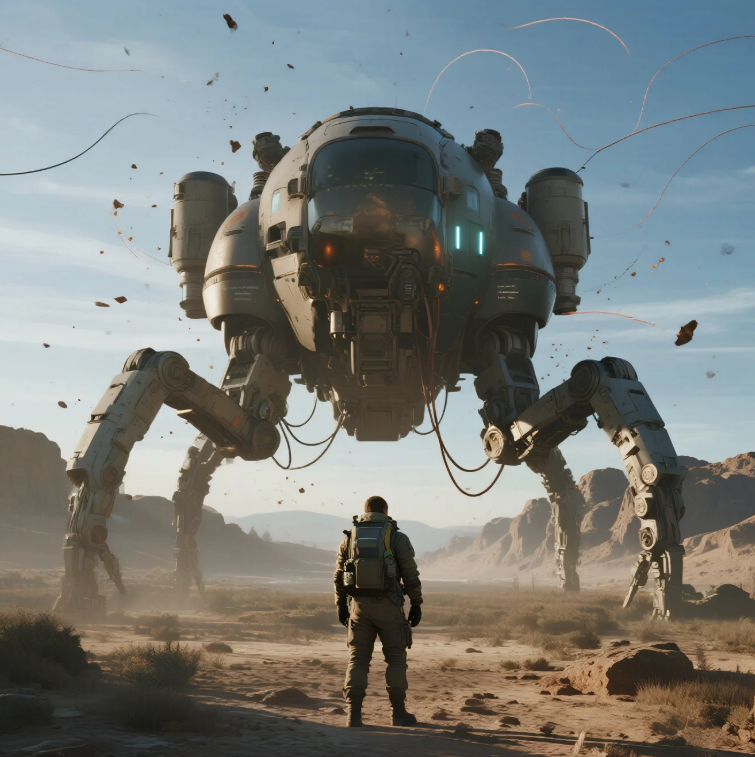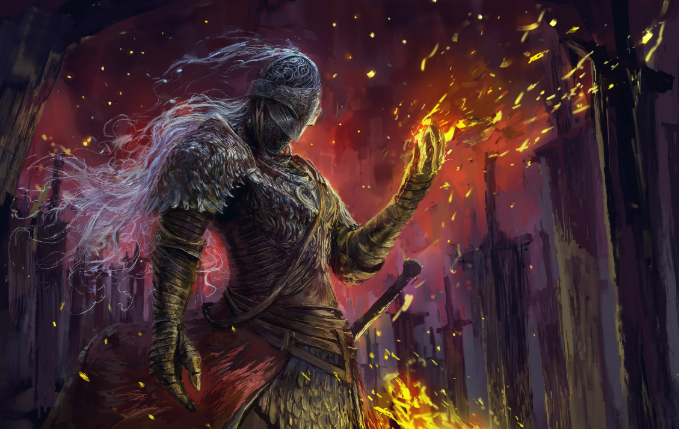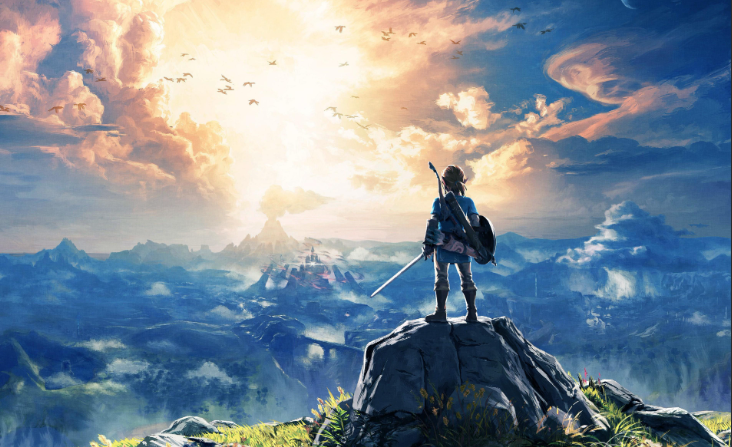
The journey from the haunting, desolate landscapes of the original Death Stranding to the newly unveiled sequel is nothing short of transformative. Death Stranding 2 doesn’t just build on the enigmatic universe Kojima crafted — it reimagines it in ways that deepen the emotional resonance, expand gameplay possibilities, and address fan feedback with thoughtful innovation. This evolution reflects a mature game design philosophy that respects its roots while daring to push boundaries. If you loved the original’s blend of atmospheric storytelling and unique mechanics, the sequel offers a fresh yet familiar experience — and if you’re new to the series, it’s a compelling invitation into a world unlike any other.
From the first moments in Death Stranding 2, players notice that the connection system has evolved. The foundational mechanic where you build bridges — both literal and metaphorical — with other stranded souls feels more intricate. The sequel introduces enhanced social interaction features, encouraging players to collaborate more directly in this asynchronous multiplayer experience. Imagine leaving gear caches or customized structures that don’t just survive temporarily but evolve over time as other players interact with them. This deepens the sense of community and shared struggle against the fractured world, making every delivery feel more meaningful.
The traversal system, which was pivotal in the first game, now offers refined mechanics that bring fluidity and speed to exploration. In DS1, carefully balancing cargo was a challenge that often slowed down progress. Now, with improved stamina management and more intuitive movement controls, players experience the rugged terrain with less frustration and more freedom. I recall a friend who once lamented how the original game made mountain climbing tedious; in the sequel, they were excited to report how natural and immersive climbing and gliding feel, allowing for creative route planning and dynamic encounters.
Graphically, the sequel takes full advantage of next-gen hardware, rendering the vast American wasteland with stunning realism and artistic vision. The hauntingly beautiful environments — from storm-swept cliffs to serene coastal views — are more vibrant and alive. The weather systems have been expanded to add new layers of strategy, with dynamic time-falls and environmental hazards demanding constant attention. Watching a sunset over the horizon after a long delivery, bathed in golden light, becomes an almost meditative experience, reminding players of the delicate balance between survival and connection.
Narratively, Death Stranding 2 brings deeper character development and richer storytelling. The enigmatic Sam Porter Bridges returns, but the stakes feel more personal this time. The new story arcs intertwine past and future, memory and reality, leaving players both intrigued and emotionally invested. The inclusion of more nuanced NPC interactions, with fully voiced dialogue and branching story elements, creates a sense of agency and intimacy that wasn’t as pronounced before. I remember a gaming buddy sharing how a seemingly minor side character’s story unexpectedly touched them, adding emotional depth beyond the main plot.
Combat, once a controversial element in the original, receives a thoughtful overhaul. While DS1 often emphasized stealth and avoidance, the sequel offers more tactical combat options without losing the essence of vulnerability and tension. Enhanced enemy AI, diversified weaponry, and more responsive controls ensure combat encounters are more engaging and less repetitive. Players now have tools to adapt their style, whether preferring silent takedowns or carefully planned assaults. A friend who usually avoided combat in DS1 was pleasantly surprised at how natural and satisfying the fights felt this time around, making it easier to dive into action when necessary.
One of the most talked-about additions is the advanced base-building system. Whereas the first game had players creating outposts and facilities, the sequel expands this to let players customize and upgrade their hubs with more depth. Bases can serve as supply depots, social hubs, or even defense points, and managing resources becomes a strategic gameplay element. I’ve heard many tales from players who spent hours perfecting their base layouts, turning isolated outposts into thriving communities — a testament to how the sequel encourages investment in the world beyond just deliveries.
The sequel also emphasizes player choice and consequence more heavily. Decisions now ripple through the world in unexpected ways, influencing both narrative progression and multiplayer dynamics. This design choice makes every action feel weightier and encourages replayability. Stories from the community reveal how small choices in dialogue or mission approach altered alliances and gameplay experiences, reinforcing that Death Stranding 2 is as much about human connection as about survival.
Technological improvements manifest in the game’s AI companions as well. Players no longer traverse the wilderness alone; companion characters can assist in navigation, combat, and even emotional support. These companions are more interactive, responding dynamically to the environment and player commands. The emotional bond players develop with these allies adds a heartwarming layer to the otherwise solitary journey, illustrating Kojima’s continued focus on connection.
The soundtrack and audio design have been elevated to cinematic heights, with an evocative score that complements the shifting moods of the game. From quiet moments of reflection to adrenaline-fueled chases, the music intensifies the emotional impact. I remember watching a stream where the host paused just to appreciate a musical cue during a sunset scene — it’s clear the soundscape is a vital storytelling tool in DS2.
In terms of accessibility, the sequel introduces multiple difficulty levels and assistive features, making it more welcoming to newcomers without sacrificing the depth veterans expect. The user interface is more intuitive, with streamlined menus and better tutorials. This inclusiveness opens the door for a broader audience to engage with the game’s rich narrative and innovative gameplay.
Multiplayer elements are expanded with new social features that deepen player interaction beyond simple cooperation. Players can now form small groups or factions, participate in community challenges, and leave more personalized marks on the shared world. These innovations foster a sense of camaraderie and collective purpose, echoing the series’ core theme of bridging divides.
Death Stranding 2 also embraces environmental storytelling more fully. The world itself is a character, with abandoned settlements, cryptic graffiti, and subtle clues that reveal layers of the narrative without exposition. Exploring these details rewards curious players with a richer understanding of the story’s mysteries and enhances immersion.
The game’s pacing has been carefully rebalanced to maintain engagement throughout. Moments of intense action alternate with quieter, contemplative sequences, allowing players to absorb the story and world-building. This rhythm mirrors real-life emotional journeys, drawing players into an experience that feels genuine and profound.
Weapon customization is another notable change. Players can now tailor their loadouts with modifications that affect both aesthetics and functionality, creating a personalized combat style. This feature appeals to gamers seeking control over their gameplay and style, aligning well with keywords like “game customization” and “FPS weapon mods.”
The sequel’s map design continues to surprise with its vast, interconnected environments. The terrain encourages exploration and experimentation with portals and traversal tools, offering a playground for players to discover unique routes and secrets. The thrill of uncovering a shortcut or hidden location recalls the discovery joy many experienced in the original game.
Death Stranding 2 has also enhanced its crafting system, making resource management more strategic. Players must decide when to conserve or expend materials, adding depth to gameplay decisions. These systems contribute to the survival aspect while reinforcing the importance of planning and foresight.
Visual storytelling is complemented by improved facial animations and motion capture, delivering nuanced performances from the cast. These human details heighten emotional connections and bring the characters’ struggles and triumphs vividly to life.

Finally, the game’s overall narrative tone shifts to one of cautious hope, contrasting with the original’s often bleak outlook. This evolution resonates deeply in today’s world, where themes of rebuilding and connection feel more relevant than ever. Players have shared how this hopeful tone inspired them during challenging times, proving the power of video games as emotional experiences.
Every innovation, from gameplay mechanics to storytelling, weaves into a tapestry that respects Death Stranding’s legacy while boldly charting new territory. The changes reflect not only technical advancements but a deeper understanding of what players want — a journey that is challenging, rewarding, and profoundly human.
![]()

